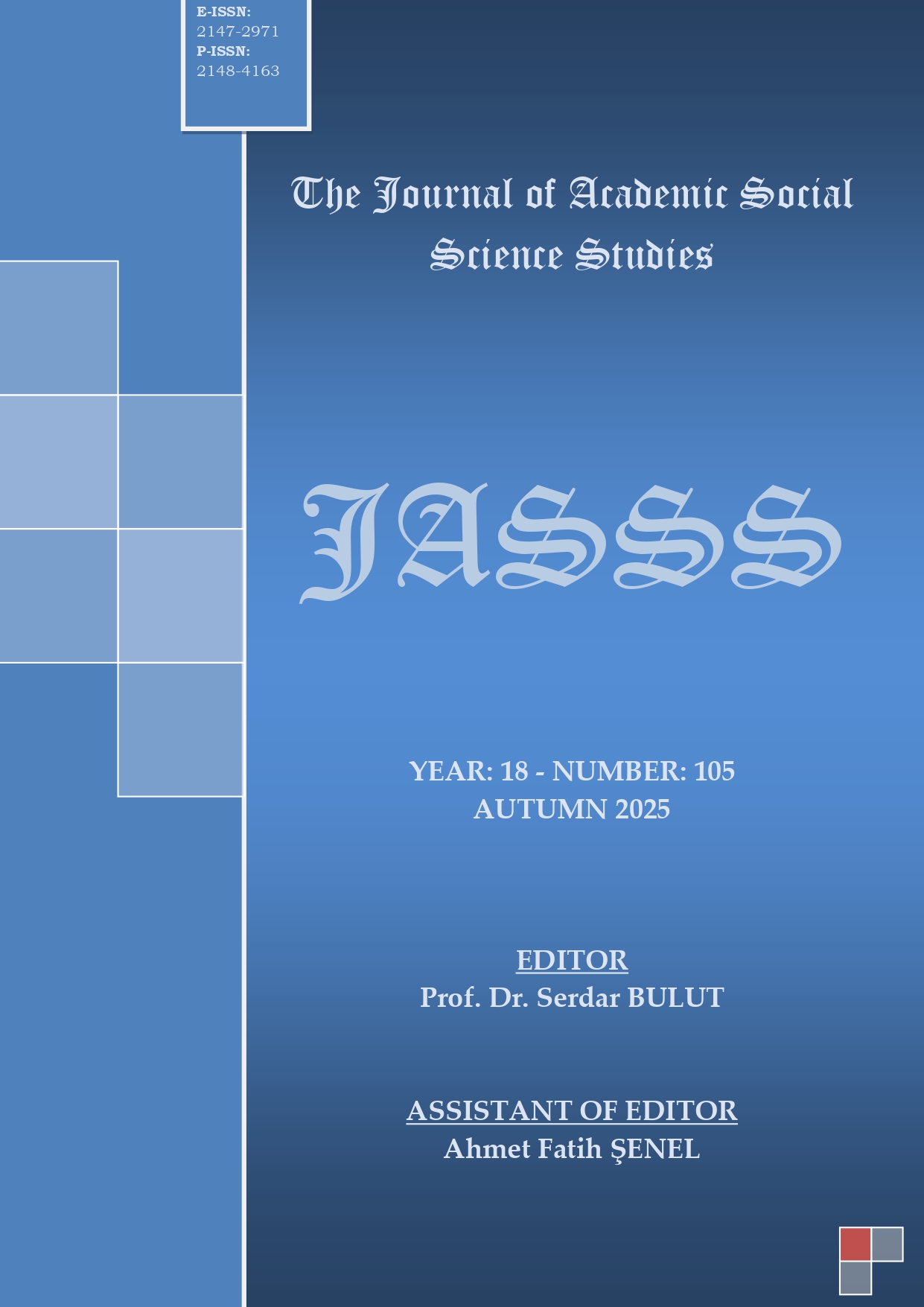TEMEL EĞİTİM YAPILARININ DEĞERLENDİRİLMESİNE YÖNELİK KAVRAMSAL BİR ÇERÇEVE: TÜRKİYE’YE ÖZGÜ BİR KONTROL LİSTESİ ÖNERİSİ
Author :
Abstract
Eğitim, yalnızca bireylerin potansiyellerini gerçekleştirmesi açısından değil, aynı zamanda toplumların bilimsel, kültürel ve sosyolojik gelişimi için de temel bir unsurdur. Bu gelişimin sürdürülebilirliği, eğitimin gerçekleştiği fiziksel çevrelerin niteliğiyle doğrudan ilişkilidir. Eğitim yapıları, öğrencilerin mekâna yönelik motivasyonlarını, güvenlik algılarını ve aidiyet duygularını şekillendiren önemli bir faktördür. Dolayısıyla eğitim yapılarının tasarımı, eğitimin içeriği kadar titizlikle ele alınmalıdır. Türkiye’de eğitim yapıları için asgari tasarım standartları bir kılavuzla belirlenmiş olsa da, bu yapıların kullanım sonrasına ilişkin değerlendirme ölçütleri yeterince kapsamlı ele alınmamaktadır. Bu çalışma, temel eğitim yapılarının değerlendirilmesine yönelik bir kontrol listesinin geliştirilme sürecini ve bu süreci besleyen kavramsal arka planı ortaya koymayı amaçlamaktadır. Bu doğrultuda, Türkiye, Finlandiya, Hollanda ve İngiltere’nin eğitim yapılarıyla ilgili standart ve mevzuatları ile literatürdeki değerlendirme yöntemleri, karşılaştırmalı içerik analizi yöntemiyle incelenmiştir. Ortak ve farklı temaların belirlenmesiyle, temel eğitim yapılarının mimari programlarına dayalı olarak kontrol listesinde değerlendirilecek mekânsal bölümler tanımlanmıştır. Üç tematik başlık (Mekânsal ve Estetik Kalite, İşlevsel Kalite ve Teknik Kalite) altında yapılandırılan kontrol listesi, toplam 301 sorudan oluşmaktadır. Çalışma, Türkiye bağlamında geliştirilen kullanıcı odaklı, sistematik ve tematik temelli bir değerlendirme aracı önererek, mevcut literatüre yöntemsel ve uygulamalı açıdan yenilikçi bir katkı sunmaktadır. Yerel ölçekte geliştirilen bu yaklaşımın, kullanıcı odaklı tasarımın kuramsal temellendirilmesine ve uluslararası ölçekte karşılaştırılabilir değerlendirme modellerinin oluşturulmasına katkı sağlaması beklenmektedir.
Keywords
Abstract
Education is a fundamental component not only for individuals to realize their potential but also for the scientific, cultural, and sociological development of societies. The sustainability of this development is directly related to the quality of the physical environments in which education takes place. Educational facilities play a critical role in shaping students’ motivation toward the space, their sense of safety, and their feelings of belonging. Therefore, the design of educational buildings must be approached with as much care and precision as the content of education itself. Although minimum design standards for educational facilities in Türkiye are defined by official guidelines, post-occupancy evaluation criteria remain insufficiently addressed. This study aims to develop a comprehensive checklist for the evaluation of primary education facilities and to present the conceptual foundations that inform this process. To this end, the standards and regulations concerning educational buildings in Türkiye, Finland, the Netherlands, and the United Kingdom—as well as relevant documents from the literature regarding evaluation methods—were examined through a comparative content analysis. Based on the identified common and divergent themes, the spatial components to be assessed were defined in alignment with the architectural programs of primary schools. The resulting checklist consists of 301 items organized under three thematic categories: Spatial and Aesthetic Quality, Functional Quality, and Technical Quality. By proposing a systematic, user-oriented, and thematically structured evaluation tool developed in the Turkish context, this study offers a methodological and practical contribution to the existing body of literature. It is anticipated that this locally grounded approach will support the theoretical foundations of user-centered design and foster the development of internationally comparable evaluation models.





